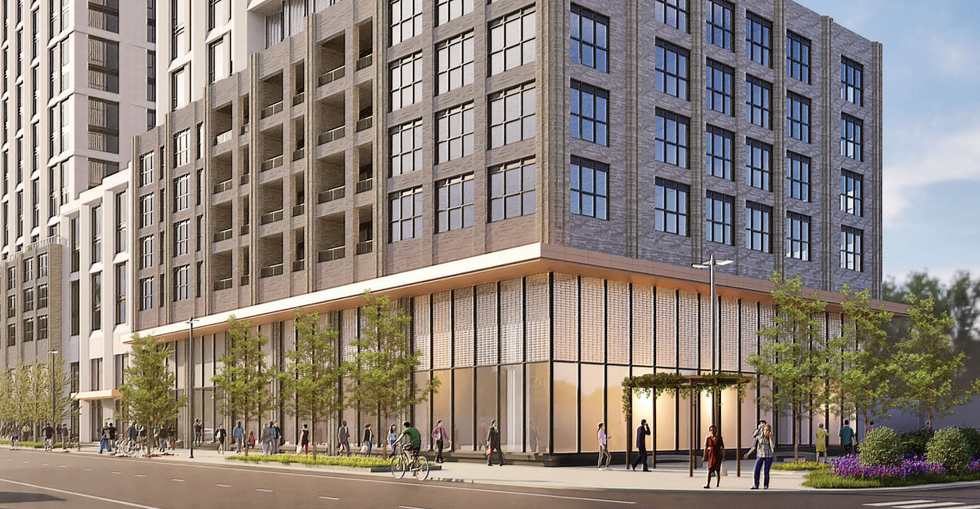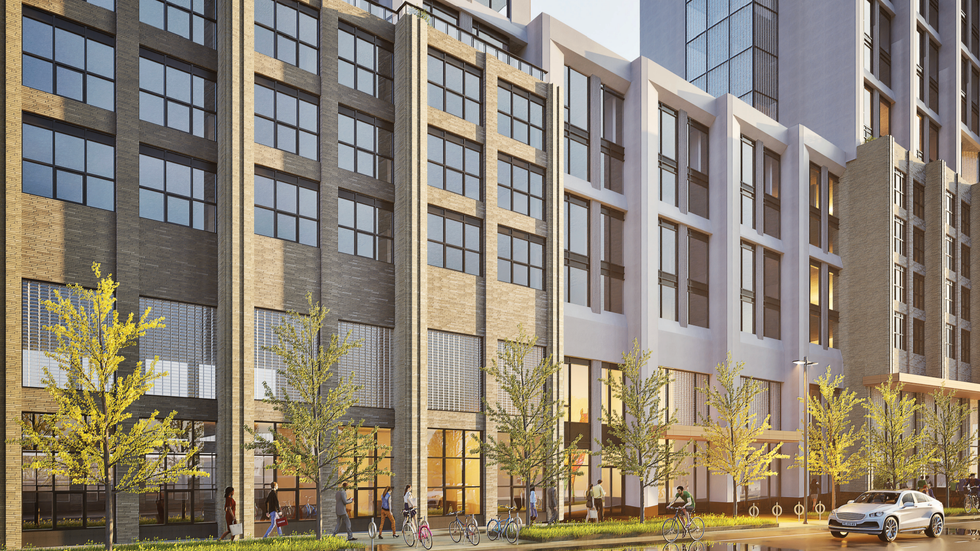Seismic Design
Learn about seismic design in Canadian construction — what it involves, why it’s required, and how it safeguards structures in earthquakes.
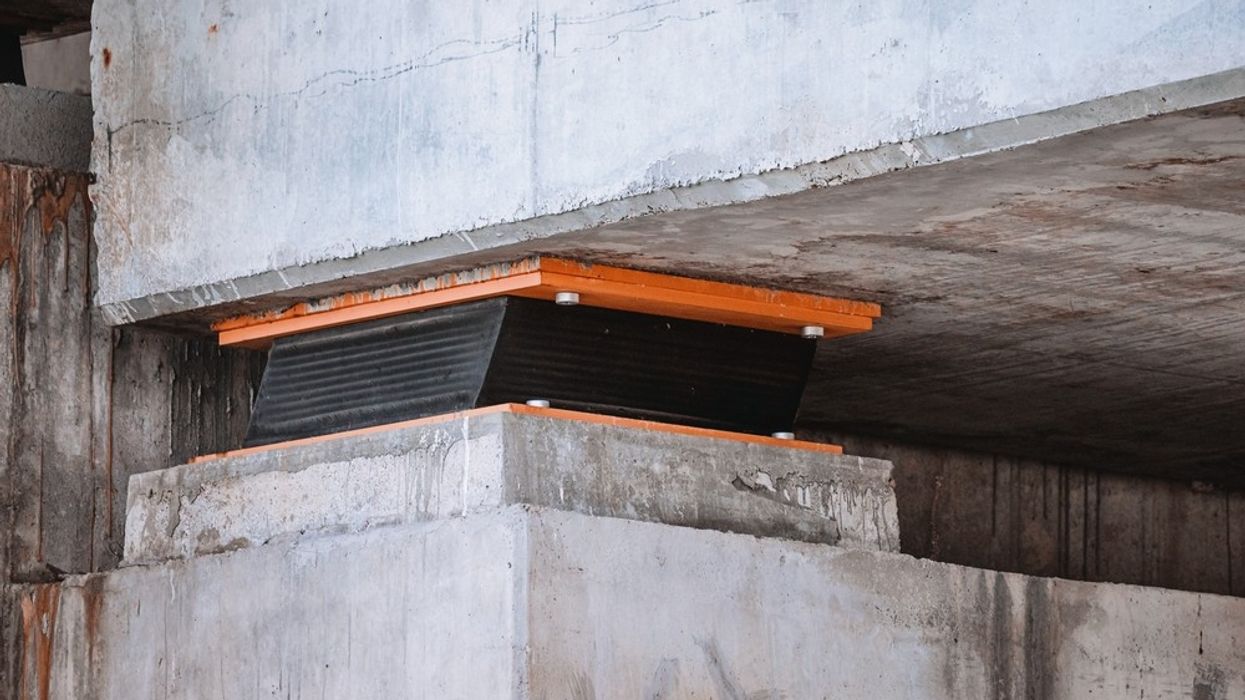
July 27, 2025
What is Seismic Design?
Seismic design is the engineering practice of designing structures to withstand forces from earthquakes and ground movement.
Why Seismic Design Matters in Real Estate
In Canadian real estate and construction, seismic design ensures buildings remain safe and functional during and after seismic events, especially in regions with higher earthquake risk.
Key considerations:
- Building geometry and mass distribution
- Foundation flexibility and anchorage
- Material ductility and strength
- Compliance with National Building Code seismic provisions
Seismic design reduces the risk of catastrophic failures and supports occupant safety.
Example of Seismic Design in Action
The architect incorporated seismic design elements such as reinforced shear walls and base isolators in the hospital project.
Key Takeaways
- Designs buildings for earthquake resilience
- Required by building codes in seismic regions
- Focuses on structural stability and energy dissipation
- Involves specialized engineering analysis
- Protects lives and reduces damage
Related Terms
- Building Code
- Structural Integrity
- Load-Bearing Wall
- Foundation
- Shear Wall
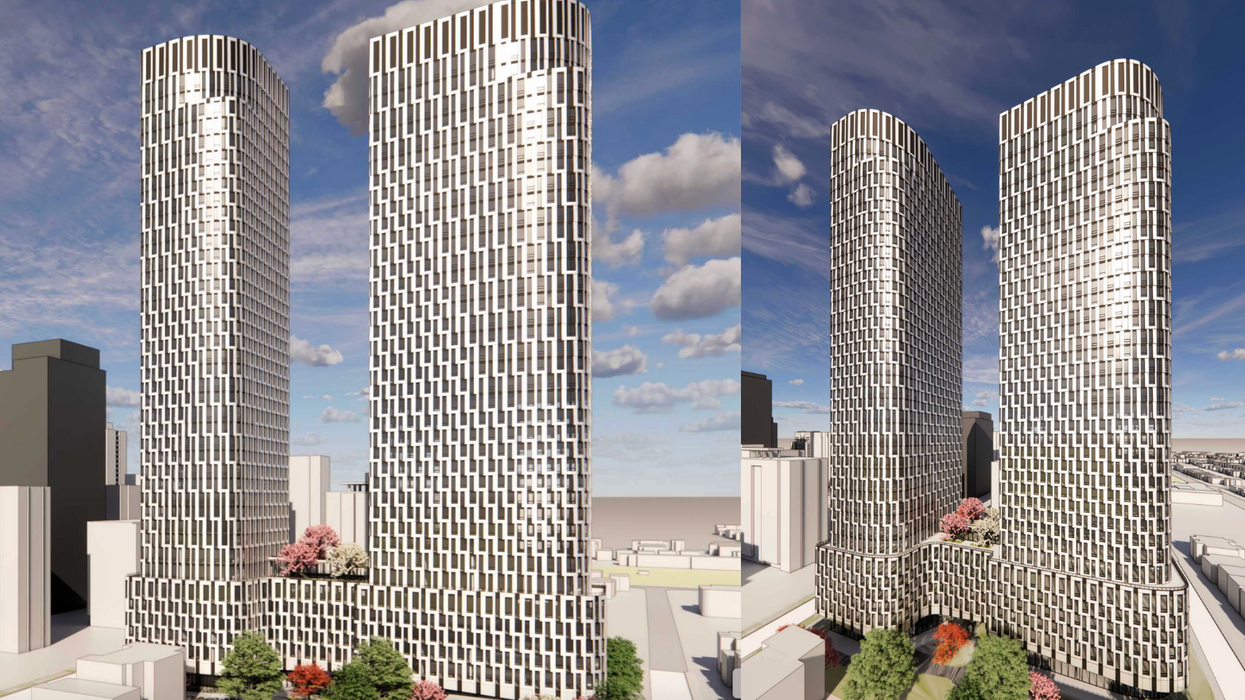
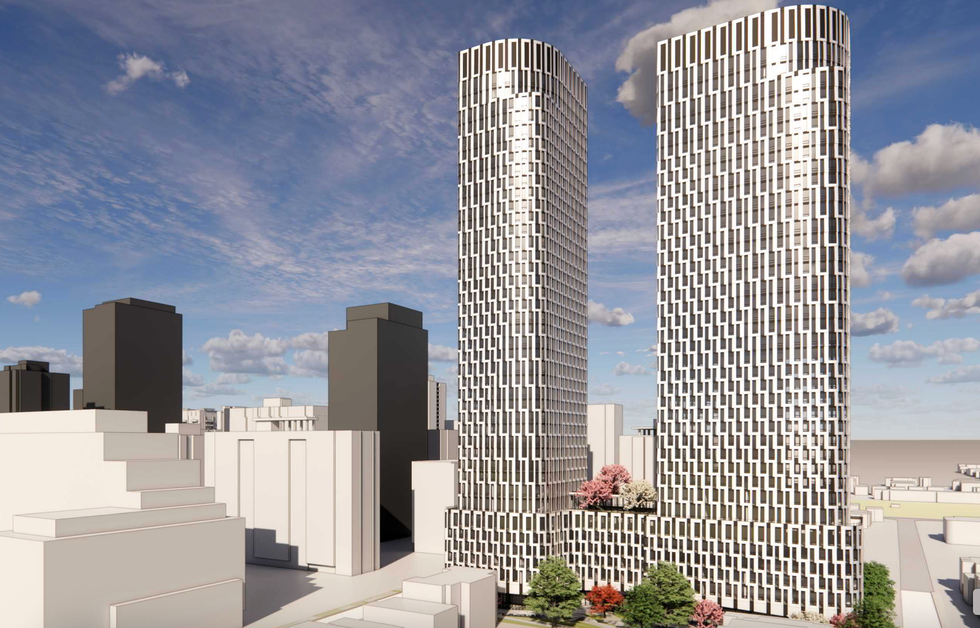

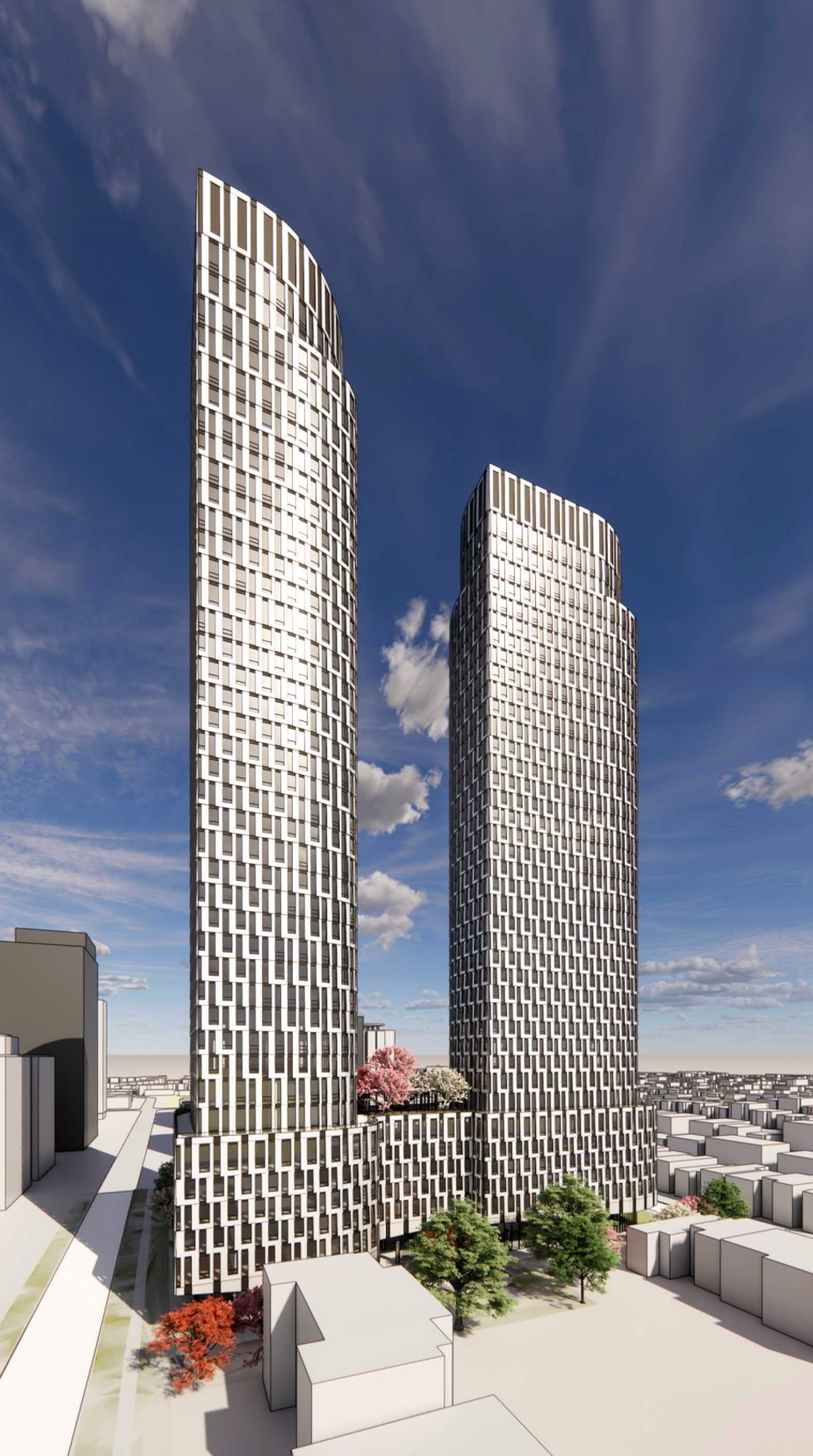





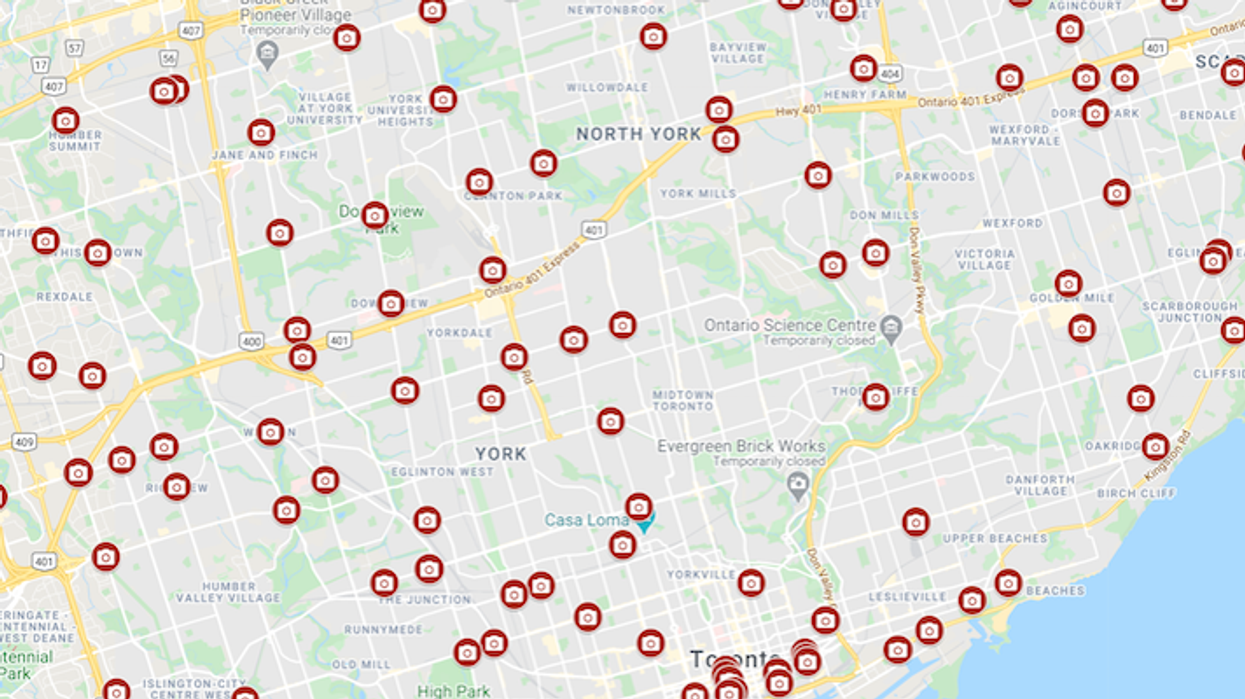
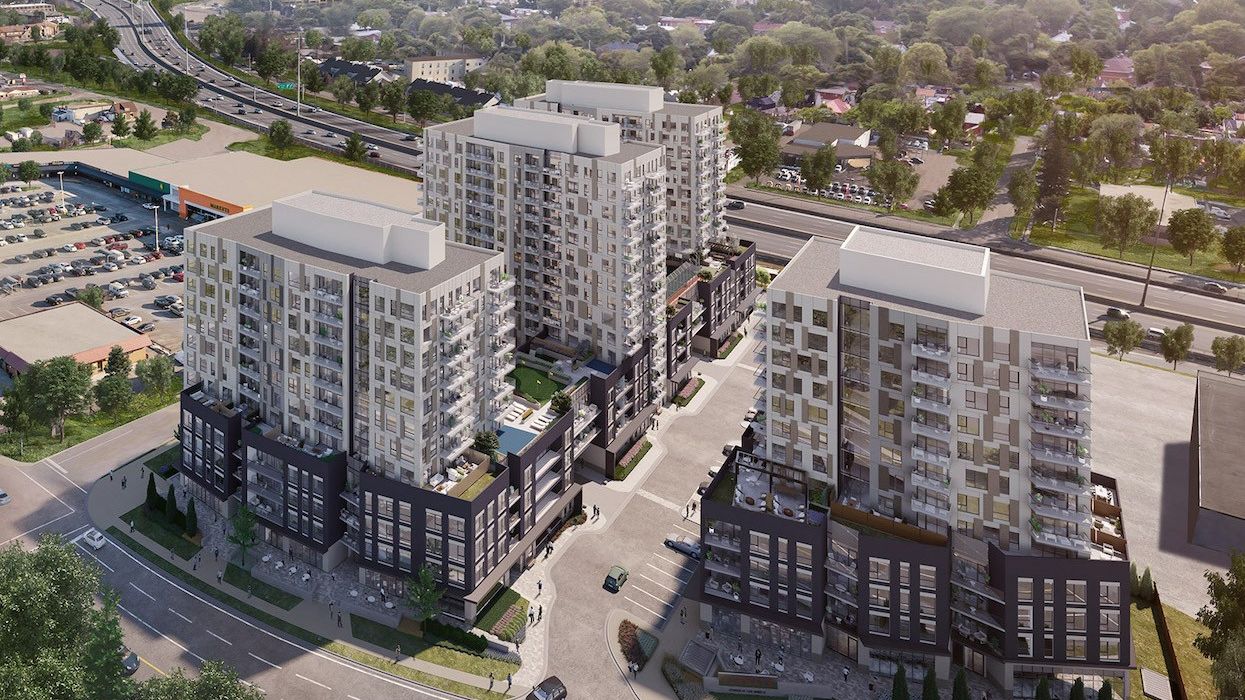


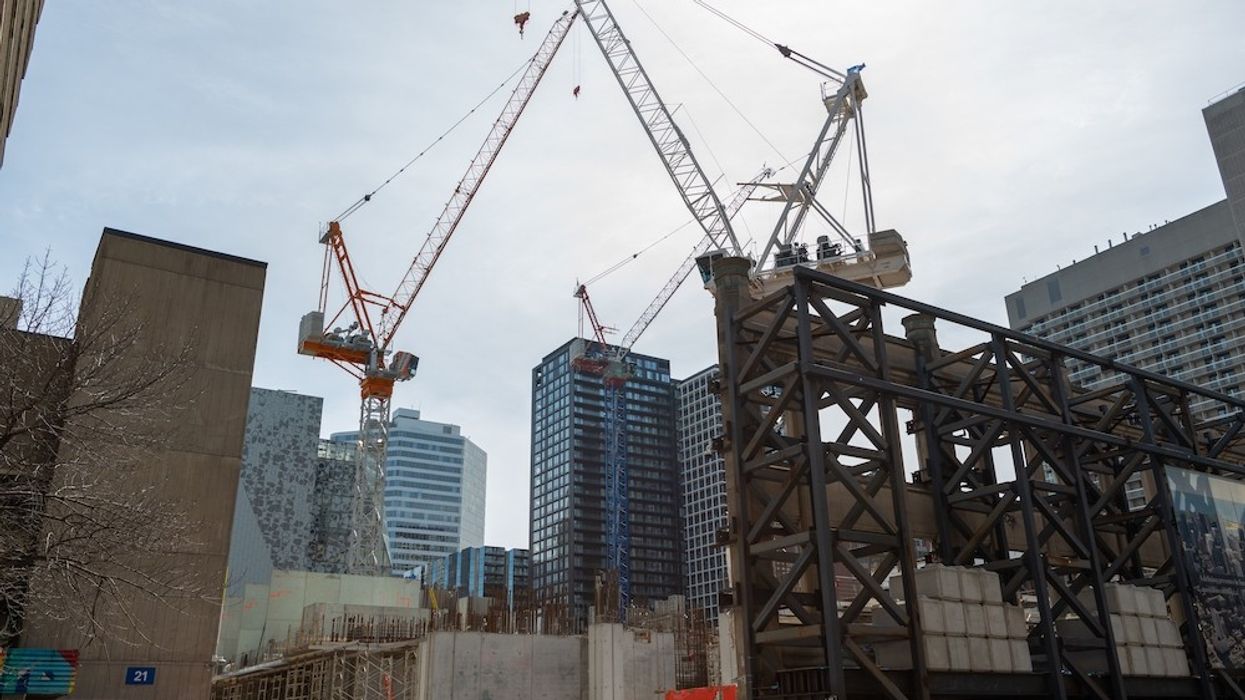
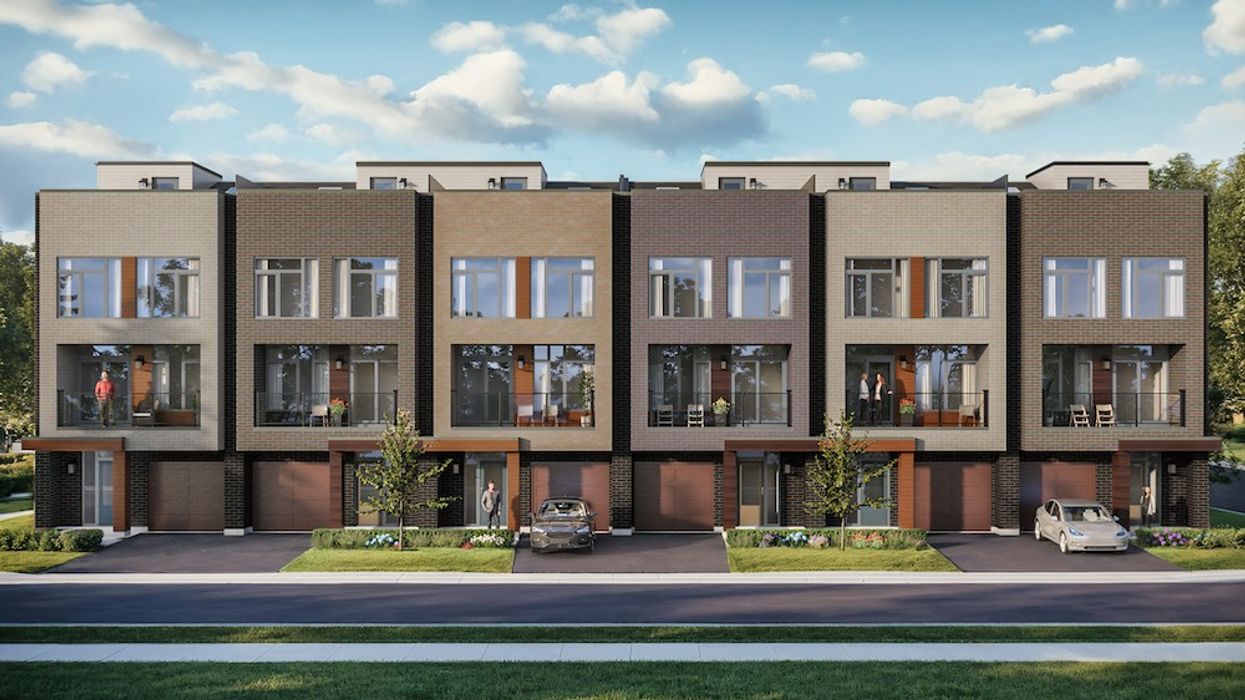
 Camcos Living
Camcos Living Shutterstock
Shutterstock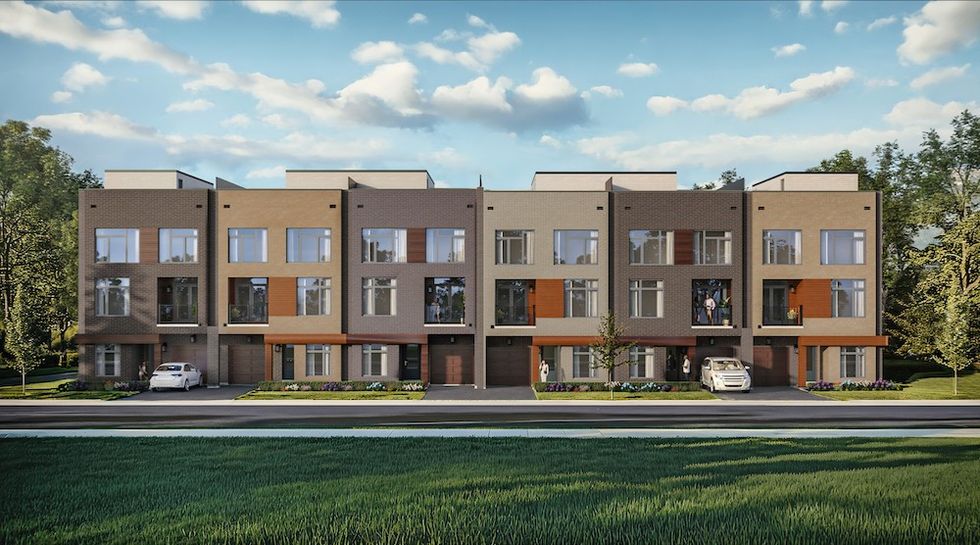 Little Rouge Block G/Camcos
Little Rouge Block G/Camcos Camcos Living
Camcos Living Camcos Living
Camcos Living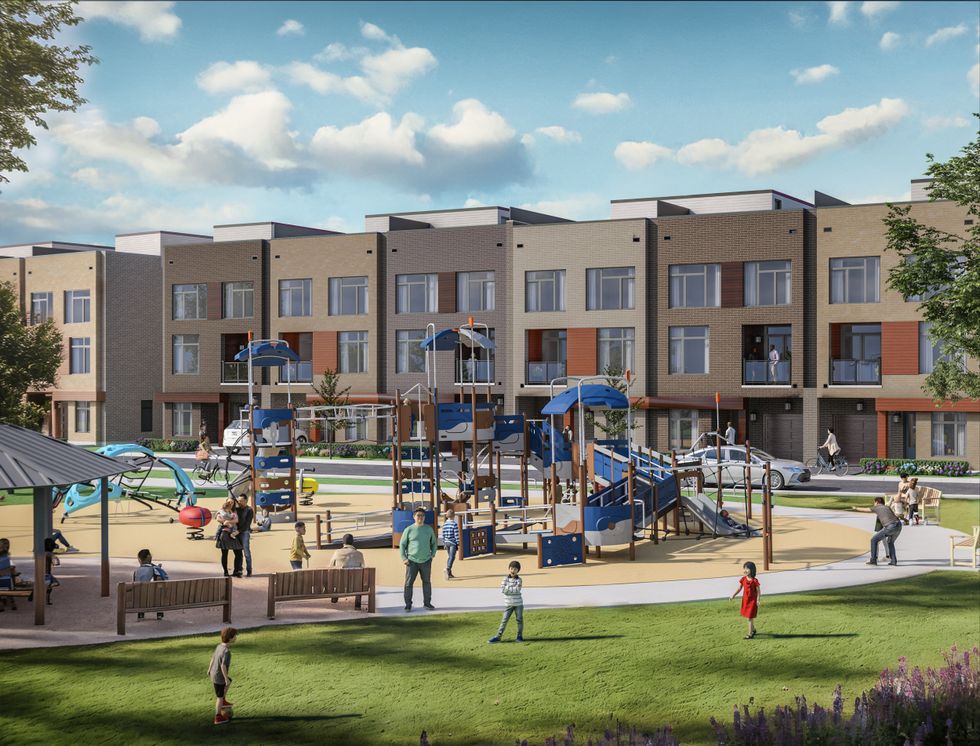 Camcos
Camcos



